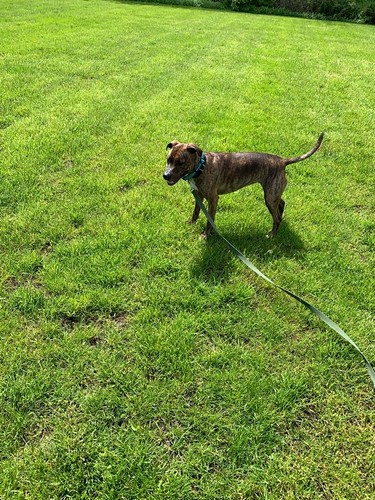From the literature around CFRs centred around the emotional effect of your role. Regardless of call handlers providing CFRs an indication of the nature in the incidents that they have been responding to, CFRs maintained a flexible approach on reaching the patient [10], for the reason that what they identified in the scene could have already been incredibly distinct to what had been communicated by contact handlers. The function also necessitated an ability to switch off from the frequently traumatic nature on the incidents they attended to [1, 10] There have been distinct issues about the possible for lone working to possess a higher emotional impactPeople became CFRs primarily to help other individuals and place a thing back into their communities. CFRs also wanted to be appreciated and recognised for their perform, probably by means of integrating formal feedback mechanisms into practice. Both are relevant considerations for CFR schemes needing to recruit and retain volunteers. CFRs specifically valued scenario-based training which they felt would most successfully increase their range of expertise. Sustaining the realism of scenario-based instruction, as well as encouraging CFRs to enhance their expertise will allow them to attend to a higher variety of incidents, that is what they want.Phung et al. Scandinavian Journal of Trauma, Resuscitation and Emergency Medicine (2017) 25:Web page 8 ofCFRs valued the flexibility and availability of support mechanisms to help them cope with the stressful incidents, which they inevitably need to attend to from time for you to time. Nevertheless, the scoping review raised awareness of a few of the recognized dangers associated with attending to particular incidents. In addition, it identifies the stress elements of other, non CFR-related, pressures a responder could struggle with. Whilst that is a UK-based scoping review, it is vital to draw some comparisons with how CFR schemes work in other nations. Inside the UK, CFRs are TCS-OX2-29 biological activity volunteers equipped with some standard abilities in PubMed ID:http://www.ncbi.nlm.nih.gov/pubmed/21295400 life assistance to allow them to respond to health-related emergencies. Their purpose is to do the preparatory operate at the scene before ambulance service employees arriving. In the US, initially responders can involve Police Officers, firefighters as well as other emergency solutions employees, as well as lay people [17, 18]. Australian volunteer response resembles the UK model in that it relies on lay persons volunteering to help emergency solutions respond to incidents [19].Strengths and limitationsThe precise search criteria applied to this scoping assessment produced nine UK-based publications. The low number may possibly be because study into CFRs is relatively recent, with most research being from 2005 onwards. For the reason that much of your study into CFRs was current, the integrated publications tended to be much more descriptive than analytical. Indeed, the existing literature primarily comes in the perspective of `experts’.Implications for policy and researchFuture study must discover the perspectives of your sufferers who had received care from CFRs also as that of CFRs, commissioners, policymakers and academics. Perceptions of individuals are important simply because there’s restricted understanding of patients’ experiences on the service as well as limited public awareness and understanding of what CFRs do. Patients were sometimes unable to distinguish involving CFRs and ambulance crews. In some situations, patients had been significantly less concerned in regards to  the respective roles of every but instead were grateful and reassured in regards to the presence of somebody with knowledge and expertise and to assist them in a hugely stressful situatio.
the respective roles of every but instead were grateful and reassured in regards to the presence of somebody with knowledge and expertise and to assist them in a hugely stressful situatio.
